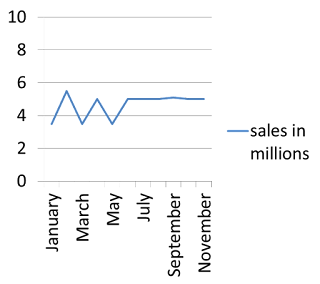How many of the words in the box do you know?
a hill
|
a range
|
boulders
|
a puddle
|
a hamlet
|
a town
|
a stream
|
a tributary
|
gravel
|
a pond
|
a mound
|
a lake/reservoir
|
a bush
|
pebbles
|
a city
|
a tree
|
a wood
|
Can you put the words into this table in order (from smallest to largest)?
a)
|
river
| ||
b)
|
sea/ocean
| ||
c)
|
mountain
| ||
d)
|
rocks
| ||
e)
|
forest
| ||
f)
|
village
|
Watch the video for the answers.
if you're a teacher you can get a copy of this worksheet here: https://docs.google.com/a/londonenglishclasses.com/file/d/0B1LCyaQkPPAhS0E2Wlp6dF9qVGs/edit



